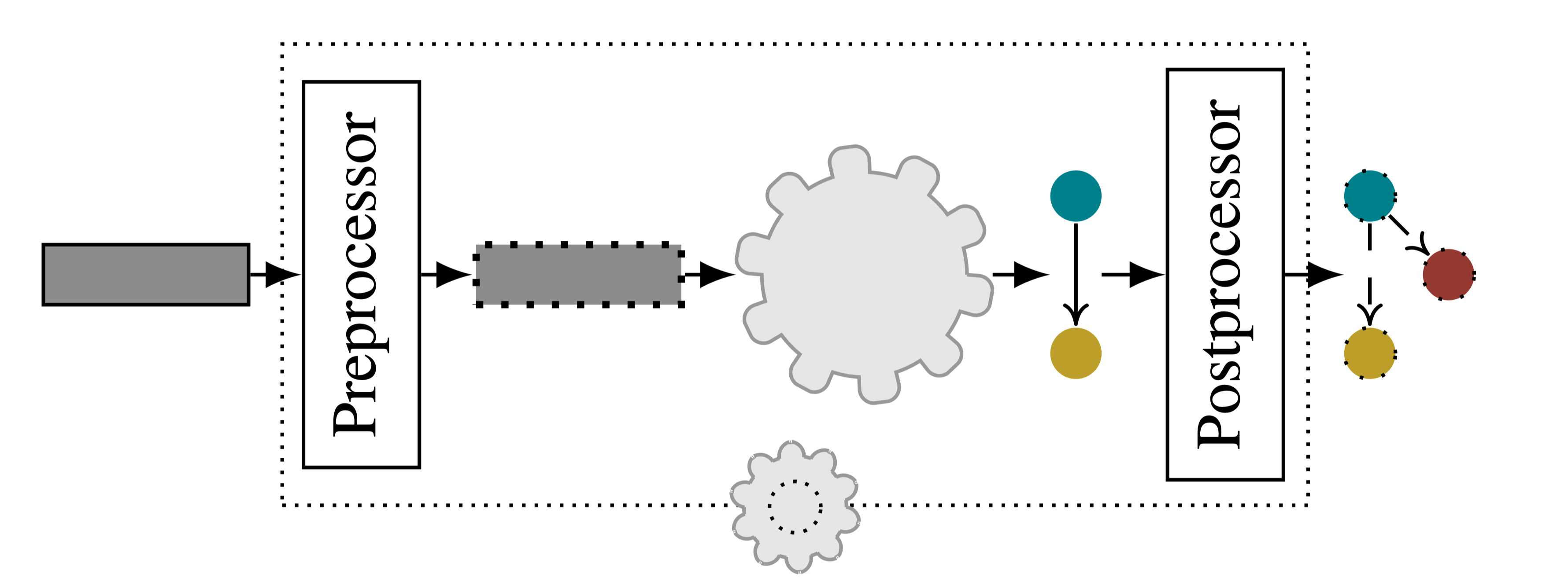Introduction
This chapter will give you an overview of how Data2Neo works and a first intuition on
how to interact with it. Details on how the individual parts of the library work can be
found in later chapters. At the heart of Data2Neo is the concept of a factory that
converts an input (relational data) into an output (a neo4j
graph).
The factory input is called a Resource which can represent
any relational entity.
For every supplied Resource , the factory
will produces a corresponding graph based on a predefined
conversion schema that specifies the factory’s blueprints.
Once the factory is set up and knows the schema, additional
Resource s can be supplied without the need for additional
coding. The Resource is an API that the user
must connect to their data source.

The library supports the use of different resource types,
allowing the user to process various entities. Data2Neo then
constructs one factory per resource type.
At the core of the library lies the Converter. The Converter is the main object the
developer interacts with and is responsible for constructing and
managing all the factories based on a provided conversion schema.
When provided with a set of Resource s, the Converter automatically
sends each Resource to the corresponding factory and merges
the output with the full neo4j graph. We supply resources to the converter with a ResourceIterator,
which is a simple python iterator that keeps track of the next Resource to be processed.
The Resource and ResourceIterator are abstract objects that must be customized by the user. The library comes with a few prebuilt iterators,
see Resource for more information.
A simple version of the ResourceIterator might just point
to a specific element in a list of resources. More complex
implementations might lazily fetch data as the library requests
it. The Converter iteratively asks the ResourceIterator
for the next resource until the iterator reports no more resources to process.
Lastly, it is possible to extend the factories by injecting custom pre- or postprocessing functions, called Wrappers, into the Data2Neo pipeline. Wrappers allow the user to specify arbitrary procedures that are applied to a Resource just before it is passed to the wrapped factory, or to the immediate output of the factory before it is passed back to the Converter. Wrappers can also be wrapped, allowing the user to build complex data integration pipelines. Read more here.
